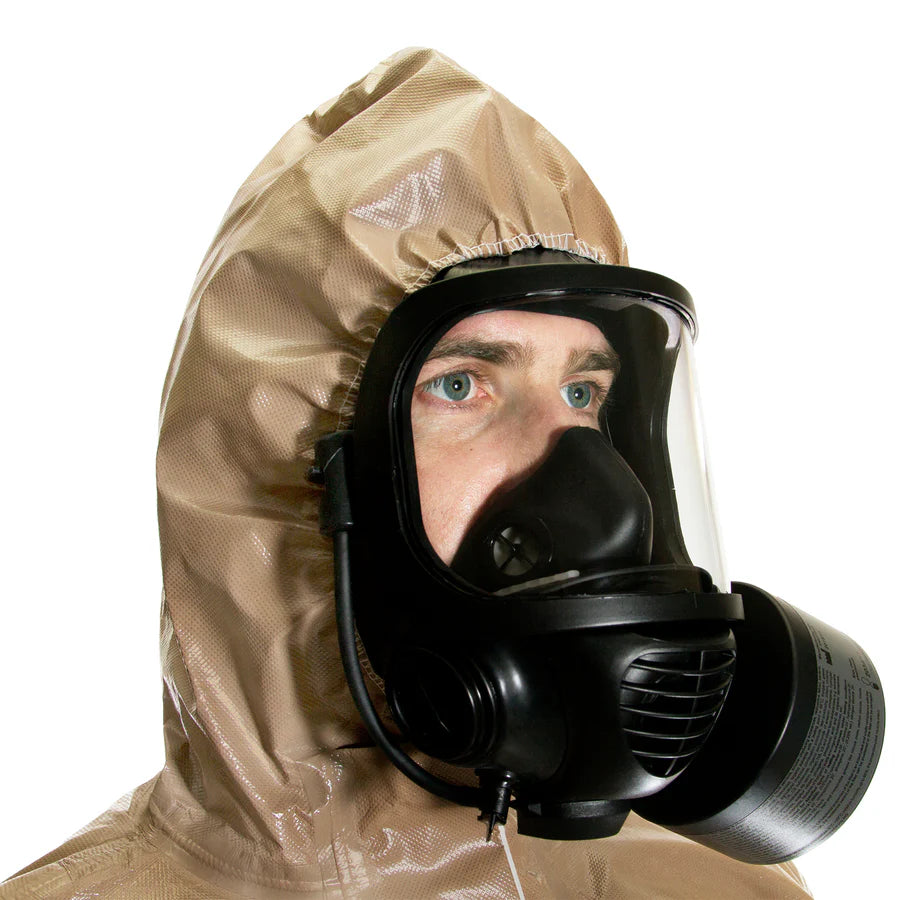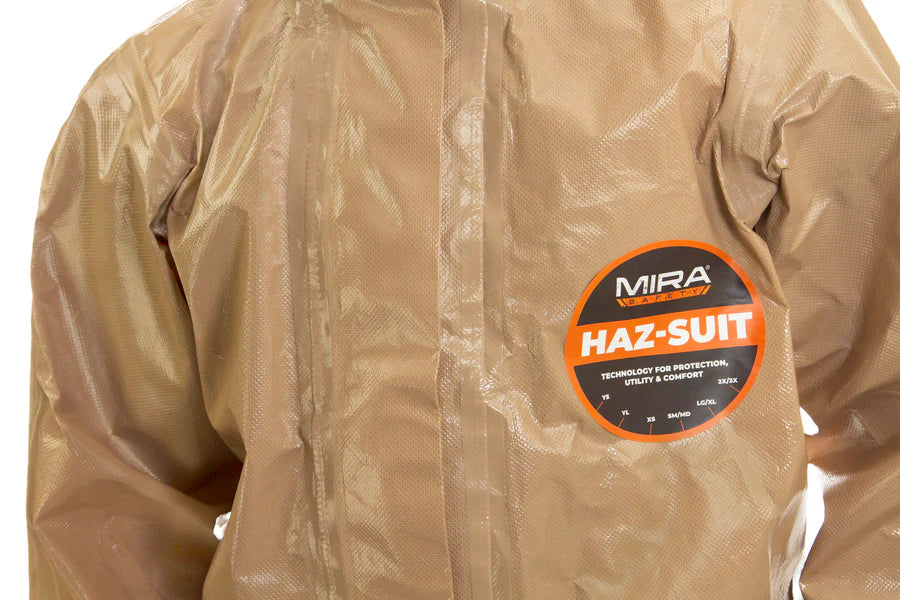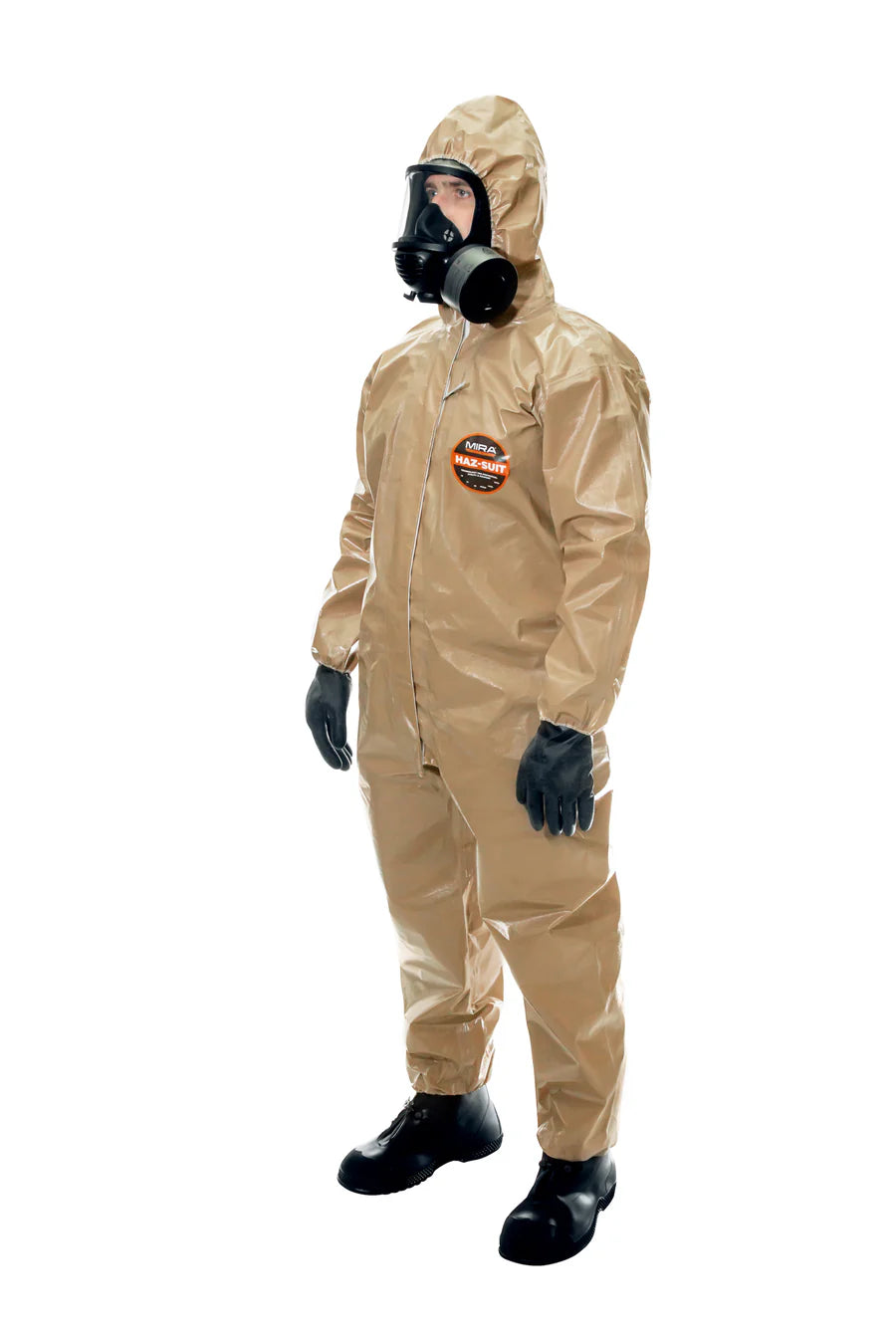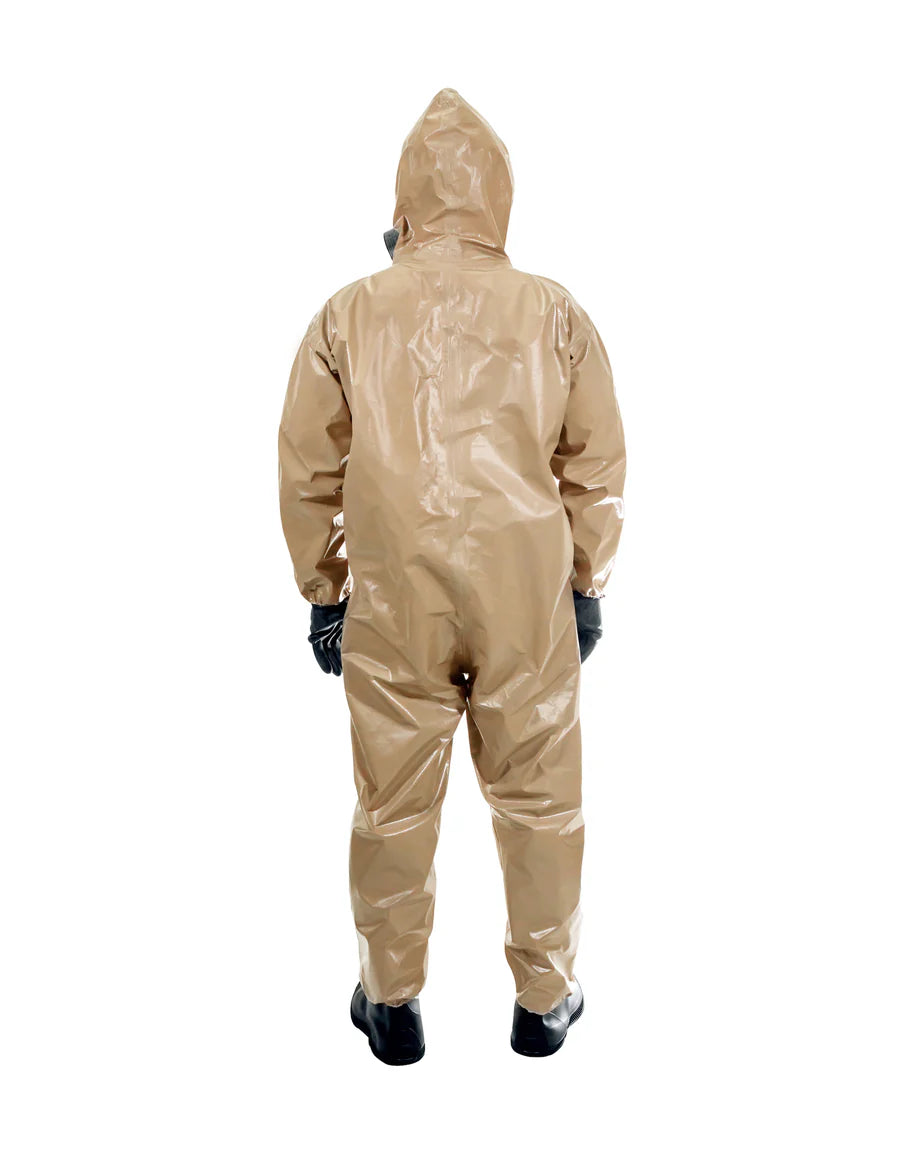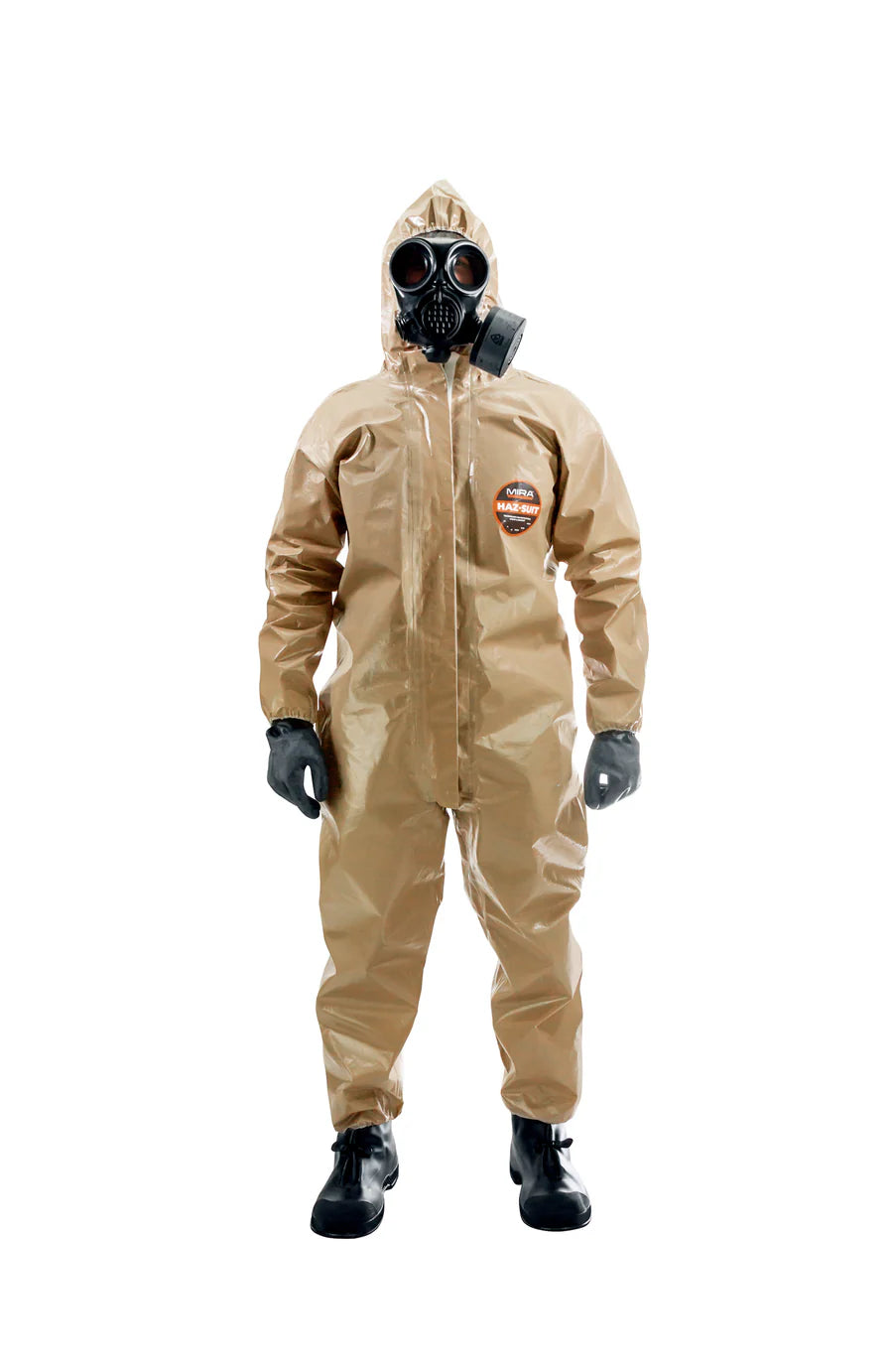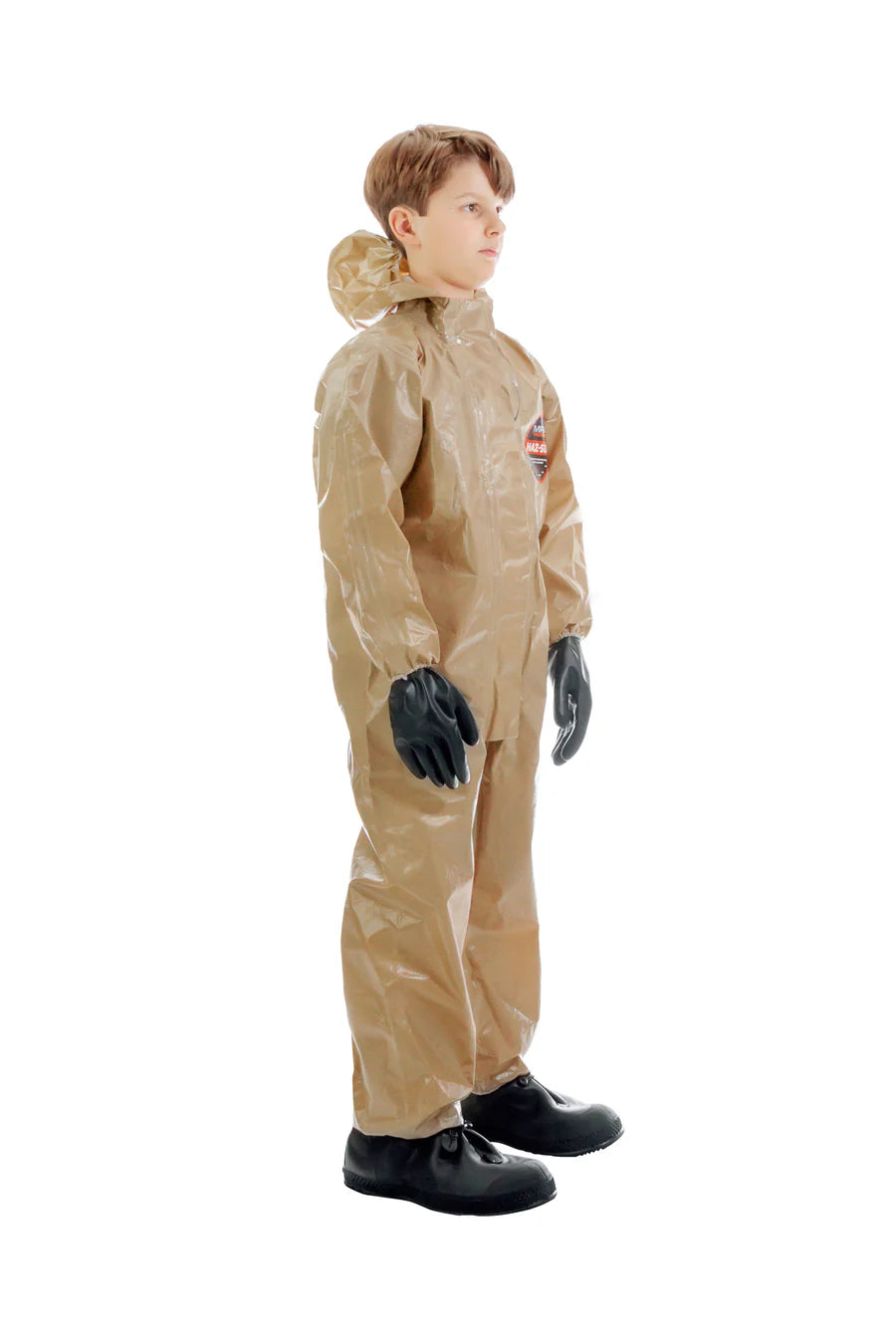Engineered to be one of the most durable, longest-lasting, and most flexible hazmat suit solutions on the market today, the MIRA Safety HAZ-SUIT provides comprehensive protection from a whole universe of CBRN agents and gives you a practical solution for decades to come.
Developed in partnership with Kappler, an international leader in personal protective apparel, the MIRA Safety HAZ-SUIT is one of the world’s only disposable hazmat suits offered in a wide variety of sizes—fitting children as young as 4 years old—and it’s available exclusively through MIRA Safety.
What is the Hazmat Suit Made Of?
Our HAZ-SUIT fabric is made from a durable, puncture-resistant film composite with an excellent barrier to over 125 chemicals, including chemical warfare agents (CWA) and toxic industrial chemicals (TIC).
Hazmat Suit Use Cases
This military hazmat suit is used extensively by major fire departments for hazmat response, major hospitals for emergency preparedness, major chemical companies for a wide range of potential hazmat exposures, and most US Military branches (Department of Defense, DoD).
The fabric of this hazmat suit has been subjected to a variety of long-term storage conditions and exhibits no degradation in performance over time when stored properly in a cool, dry place away from direct sunlight. That means it could last for decades or longer without compromising on protection.
The MIRA Safety HAZ-SUIT is ideal for demanding hazardous applications with the potential for chemical splash, even in significant exposure scenarios. Increased physical strength and even broader chemical holdout take the protection level of this fabric up a serious notch.
With an extensive chemicals-tested list, the MIRA Safety HAZ-SUIT delivers the ultimate in hazmat protection.

